| বাংলায় পড়ুন | Researchers and Reporters: Shama Sultana Ayesha Maria |
Any technology that functions independently of any entity or person is said to be decentralized. It gives users authority and gives them control. Additionally, one type of decentralized technology is blockchain. This decentralized network manages an unchangeable and transparent record of digital transactions that is not under the control of any one entity or person.
Let’s analyze each of these technologies independently.
What does decentralization mean?
Decentralization involves moving away from central control and transferring authority to several locations. For example, a duty is distributed across several groups or persons rather than being left to the sole responsibility of one person. As a result, another name for it would be the antithesis of centralization.
Because everything under centralization is managed from a single location. For instance, a company’s main office oversees all of its operations. This has the drawback that the entire company’s operations may halt if there is an issue at the main office.
One of the best examples of decentralization is the Internet. The Internet was designed to be able to function even in the event of a conflict. It can still receive information through other channels even if one of its components is shut down. This is why shutting down the Internet is nearly impossible.

What is decentralization? Equitable distribution of power and transparency through blockchain and decentralization. | Photo collected.
To provide yet another straightforward example, the situation would be as follows: Every household chore, including cooking, cleaning, and kid care, falls under your purview if you handle it all yourself. We call that centralization. On the other hand, decentralization occurs when you ask all members of the family to assist with the work. Your workload will be lessened, and the work will be finished much more quickly.
What is Blockchain Technology?
To put it simply, blockchain is a unique kind of digital ledger in which data is stored in a way that makes it nearly hard to alter, hack, or manage improperly. Because it is a “decentralized” ledger, the data is kept consistently across numerous computers that are linked to a network rather than in a single location.
Every transaction detail is recorded as a “block” in this ledger, which is connected to create a “chain.” A digital signature is attached to every transaction in this ledger, guaranteeing its accuracy and preventing tampering. This ledger’s data is therefore extremely safe.
It can be compared to a Google Sheet, which is distributed equally among numerous computers connected to a network. This sheet contains all transaction information. No one can alter the data or enter inaccurate information because it is on so many computers.

What is blockchain technology? A new horizon in data management through blockchain and decentralization. | Photo collected.
The Blockchain’s Centralization and Decentralization Concept
Consider a national currency to comprehend the blockchain’s centralization and decentralization concepts. This currency is under the jurisdiction of a central bank, which is run by a select group of individuals. This is an illustration of centralization.
Decentralization is the opposite. Here, the network or structure is not owned, run, or controlled by a single individual or group. The most widely used cryptocurrencies are decentralized, including Ethereum’s Ether and Bitcoin.
Decentralized cryptocurrencies, in contrast to centralized currencies, are governed by their own communities’ own monetary policy and programming code rather than by a central bank.
Decentralization in the context of blockchain refers to the transfer of authority and control from a central entity—a person, group, or system—to a decentralized network. These decentralized networks are designed to make it harder for users to trust one another and to make sure that no one may use power or influence in a way that compromises the network’s efficacy.
Different Blockchain Decentralization Types:
Blockchains often exhibit three forms of decentralization:
- Everything in the hands of one: Everything is under one person’s power.
- A few: Some people dominate one another.
- Everyone has the same rights, so nobody is in power.
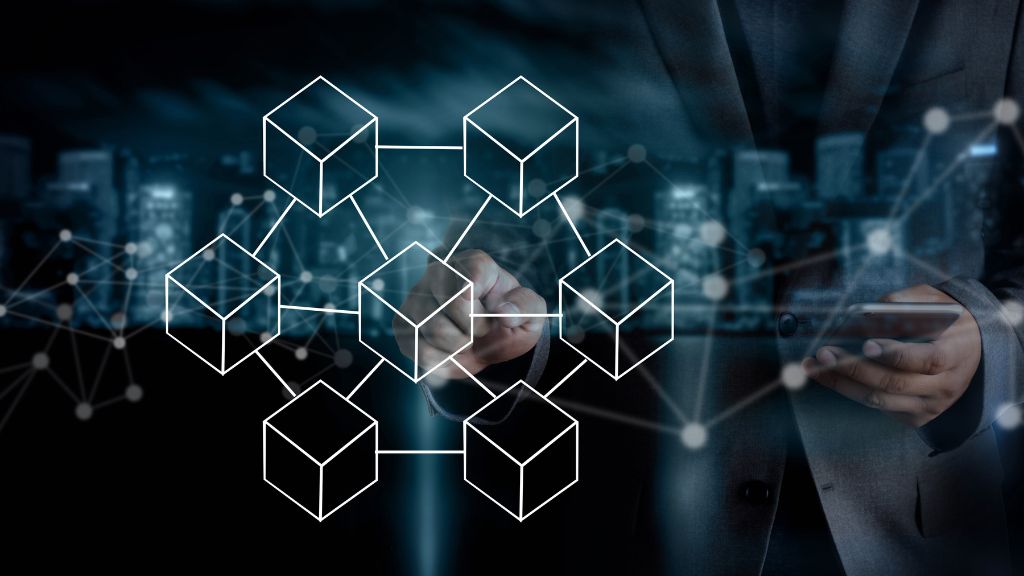
The concept of centralization and decentralization in blockchain; an example of good governance through blockchain and decentralization. | Photo collected.
Furthermore, there are additional forms of decentralization, including as
Location-based: Blockchain servers are dispersed globally, maintaining system functionality even in the event of an issue in one location.
Transaction Based: This type of decentralization makes trading easier and more transparent.
Control-based: The degree of decentralization is determined by how many people or organizations control the system. Fewer people control more decentralization.
Who is developing decentralization-leveraging blockchain applications?
Blockchain application developers aren’t usually completely decentralized. It depends on their maturity, dependability, and construction quality.
Many DAOs, for instance, have various components that are decentralized to differing degrees: the governance process for changing parameters is community-driven and decentralized, smart contracts can be fully centralized, and oracles—which give smart contracts external information—can be partially decentralized.
Various kinds of enterprises are currently employing blockchain technology to discover and implement novel solutions.

Who is creating blockchain applications using the benefits of decentralization? The role of blockchain and decentralization in innovative development. | Photo collected.
A “Blockchain Professional Certificate Program” training course is available for individuals who wish to apply blockchain technology in their line of work. You will acquire in-depth information on the structure and operation of blockchain in this course. You will gain knowledge on how to develop novel solutions for the IT sector.
During this training, you will learn how to use several blockchain tools, like as Ethereum, Hyperledger, and Truffle, to develop networks and applications.
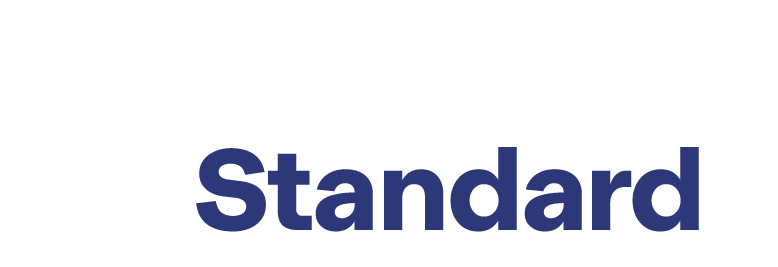
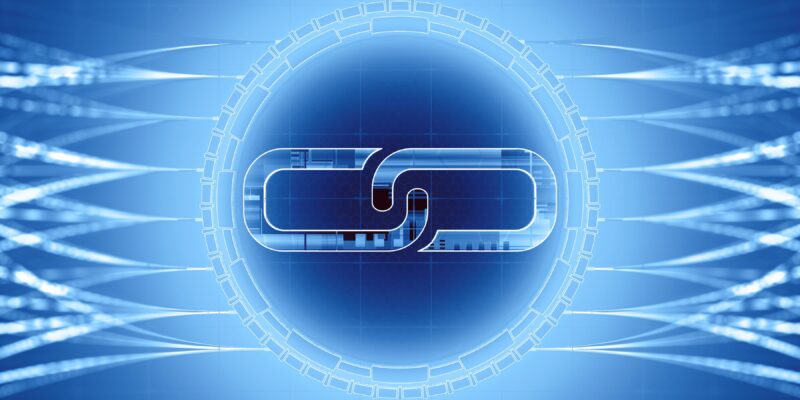

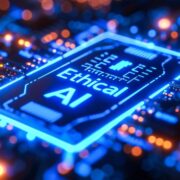





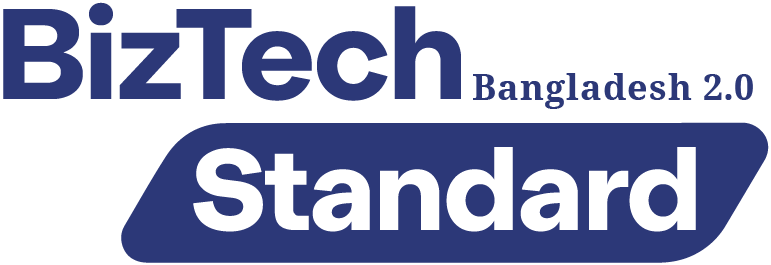






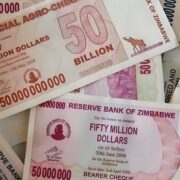







Comments